Conservation of Biodiversity
With the deterioration of the habitat environment of living creatures and the destruction of ecosystems becoming increasingly serious concerns, more effective and rapid efforts to realize a world that people can live in co-existence with nature are needed. After the Aichi Targets adopted at COP10 in 2010, a new framework, GBF (Global Biodiversity Framework: Kunming-Montreal Biodiversity Framework), was adopted in December 2022 that calls for stronger participation of corporations and financial institutions, based on the lessons learned from the failure to achieve the predecessor Aichi Targets. As frameworks for biodiversity preservation are strengthened inside and outside Japan, the role of companies is becoming increasingly significant, and systematic efforts are required to ensure that business activities are in consideration of biodiversity and to conserve biodiversity.
JVCKENWOOD Group has set the following biodiversity goals based on the basic environmental policy "JK Green 2030". JVCKENWOOD Group aims to achieve this goal through climate change response, effective use of resources, and other activities related to environmental conservation and management.
- ・ Seeing nature-related risks as opportunities, we will actively promote activities aimed at the realization of the basic environmental policy at each stage of the life cycles of our own products and services in the supply chain, contribute to the realization of a sustainable society, and preserve biodiversity.
JVCKENWOOD Group recognizes the importance of minimizing the impact of business activities on biodiversity and tackling its preservation and pursues preservation activities in the neighborhoods of our business locations both in Japan and overseas in collaboration with governments, experts, and local residents.
Biodiversity Preservation Activities
Wildlife Conservation Activities (Thailand)
At JVCKENWOOD Optical Electronics (Thailand) Co., Ltd., we created salt licks to supply wild animals with minerals at Khao Yai National Park, as our fifth time conducting this initiative. 89 employees participated in the creation of two salt licks, thus cooperating with wildlife conservation.
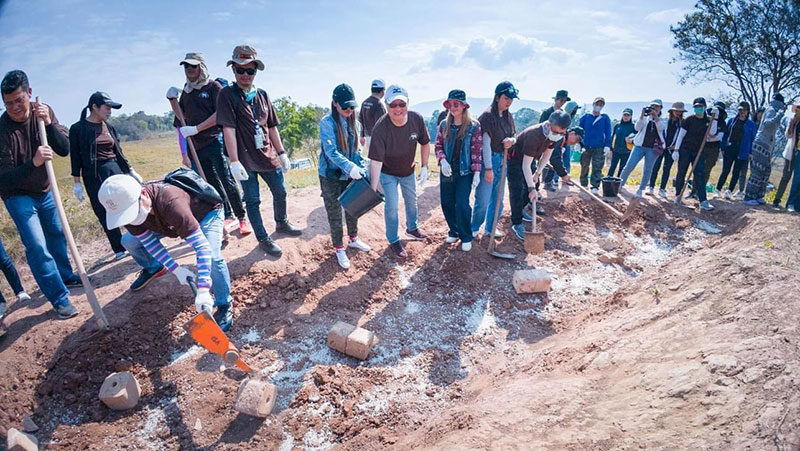
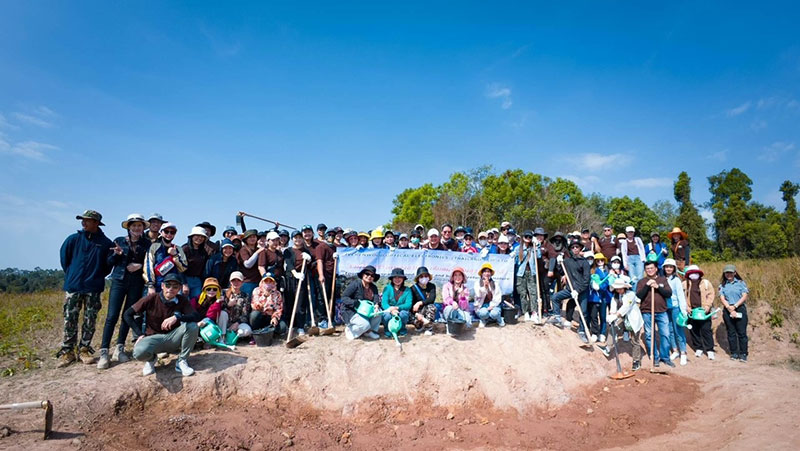
Forestation and Forest Conservation Activities
The JVCKENWOOD Group engages in forestation and forest conservation activities at each of our sites. We will continue working to maintain the rich flora and fauna in these areas, and contribute to the conservation of biodiversity.
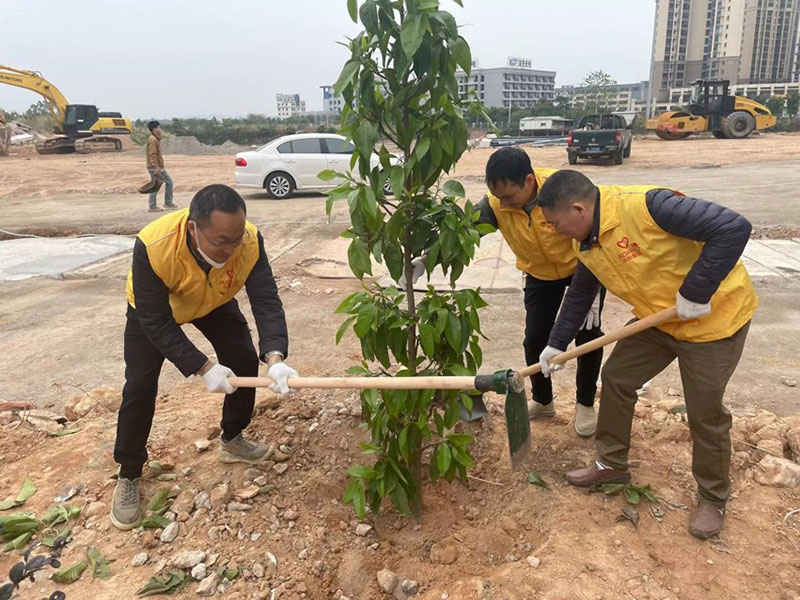
Tree-planting activity
Shinwa Industries (China) Ltd. / Huizhou Shinwa Optical Co., Ltd.
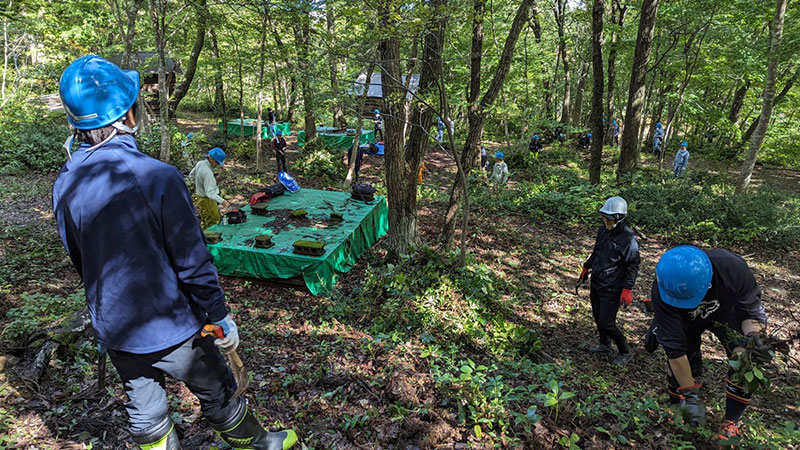
Forest maintenance activities
JVCKENWOOD Yamagata
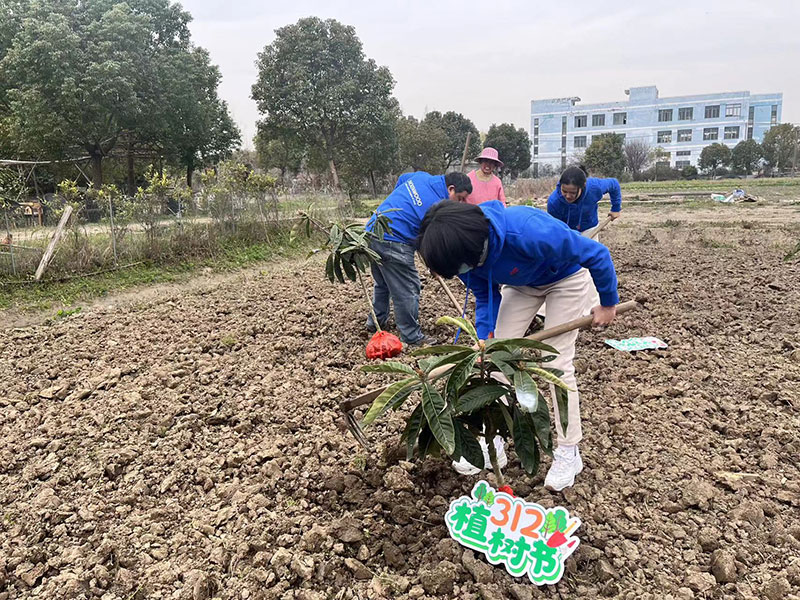
Tree-planting activity
JVCKENWOOD (China) Investment Co., Ltd.
Beijing JVCKENWOOD AV Equipment Co., Ltd.
JVCKENWOOD Trading (Shanghai) Co., Ltd.
In Partnership with Shiretoko Nature Foundation, Sharing Information Through Livestreaming of Video and Audio Feeds from within a World Heritage Area, and Development of Next-generation Products
JVCKENWOOD Design operates Forest Notes, which livestreams ambient sounds from forests in Japan. In June 2023, Shari in Shiretoko was added as a new livestreaming area. We also used our participation in the Shiretoko Sustainable Fes as an opportunity to install infrared live cameras showing animals active at night. Together with 360° live cameras that have been installed since 2020, we offered this valuable footage on a limited basis to supporting members of the Shiretoko Nature Foundation. For these activities, we worked with the Shiretoko Nature Foundation Public Interest Incorporated Foundation, which conserves the regional ecosystem and natural environment. Through the Forest Notes official website, we share information about the appeal of the Shiretoko region, which boasts one of the highest levels of ecosystem density in the world. We also aim to develop a next-generation stand-alone environmental camera sensor, and have been engaged in learning about and working to conserve the ecosystem through surveys and observation, as well as joint research to eliminate accidents and friction with wild animals, with reference to the opinions of staff who are active in the harsh natural environment of this World Natural Heritage area.
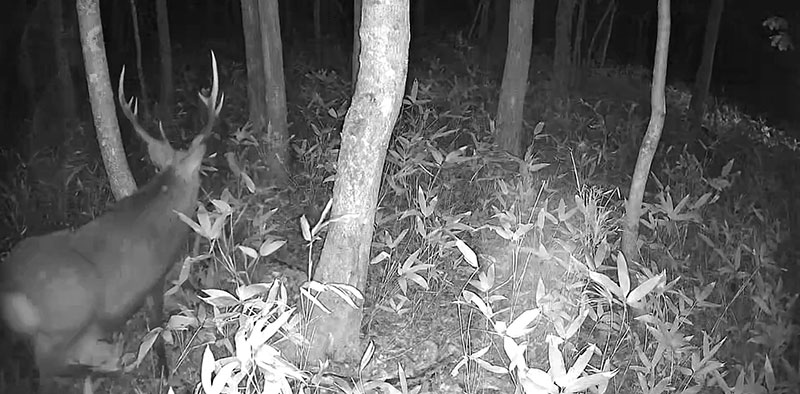
A deer in the video
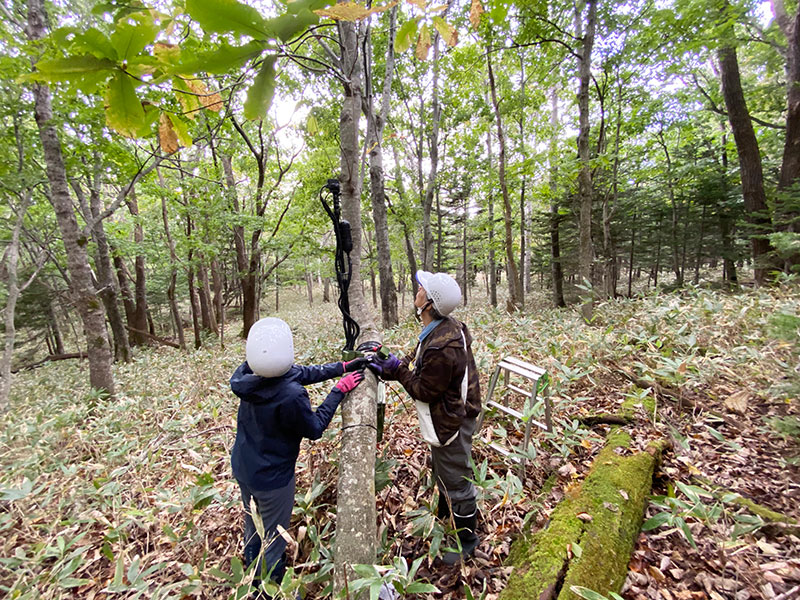
Environment where the live camera is installed
Creating Ecosystems by Dragonfly Pond (Biotopes)
JVCKENWOOD established biotopes (green land and wetland) at its head office and Yokohama Business Center in 2006 as “forest of coexistence” that serve as places of relaxation for customers and employees. Subsequently, in agreement with the spirit of the How Far Does a Dragonfly Fly Forum, an activity project under the Keihin Forest Development Business implemented by the Yokohama City Environmental Planning Bureau, we arranged our biotope in Dragonfly Pond. Also, as a company operating in the Keihin Seaside Zone, we are undertaking sustained environmental preservation activities together with local communities.
We continued to improve the pond and conduct surveys in FY2023, with a total of 17 employees participating in these efforts over a period of three days. We perform a survey of ecosystems at our business location every year. In our surveys conducted thus far, we have confirmed the existence of a total of 15 species and plants, including ferocious water bugs and bladderwort in addition to dragonflies. We will continue to perform monitoring surveys to preserve biodiversity as well as pursue activities to heighten the environmental awareness of employees.
For details, see the website of the How Far Does a Dragonfly Fly Forum (Japanese)
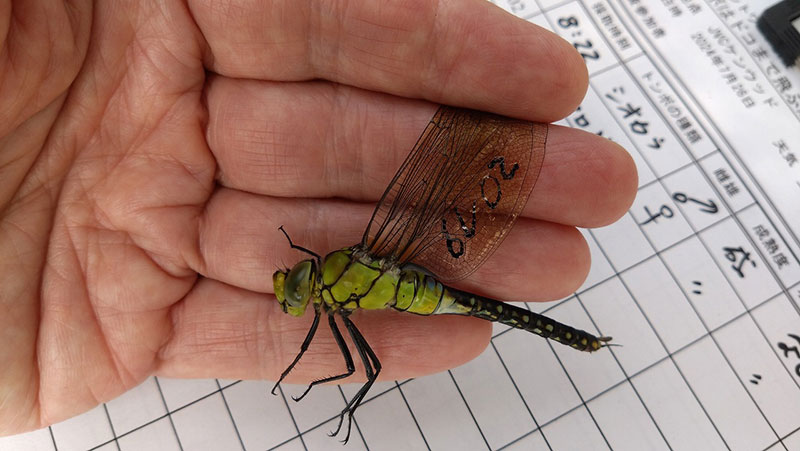
Anax nigrofasciatus collected
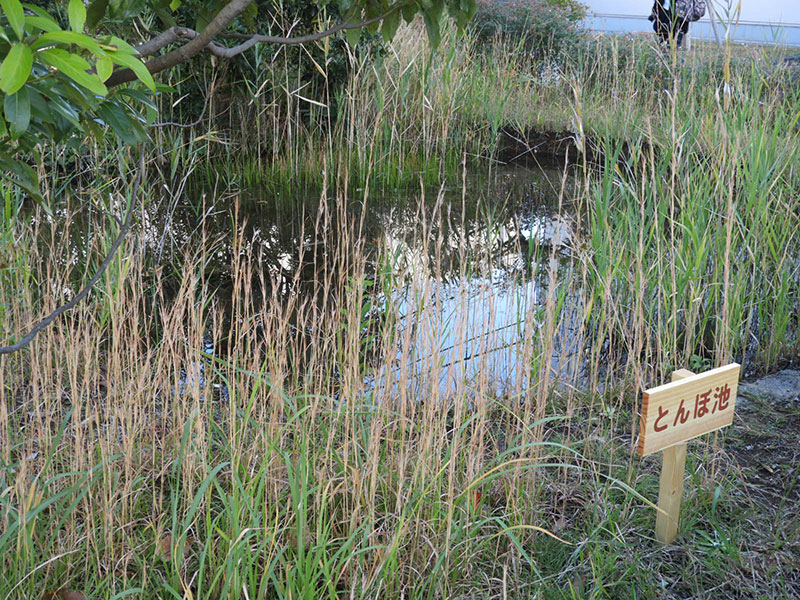
Dragonfly Pond
Also, since 2018, we have installed nest boxes for wild birds in trees in the biotope area. Nesting and hatching of chicks were observed, and evidence of successful fledging was confirmed.
In 2024, we also renewed nest boxes, and we will contribute to supporting local ecosystems, including wild birds and other living things, and enriching the ties to it.
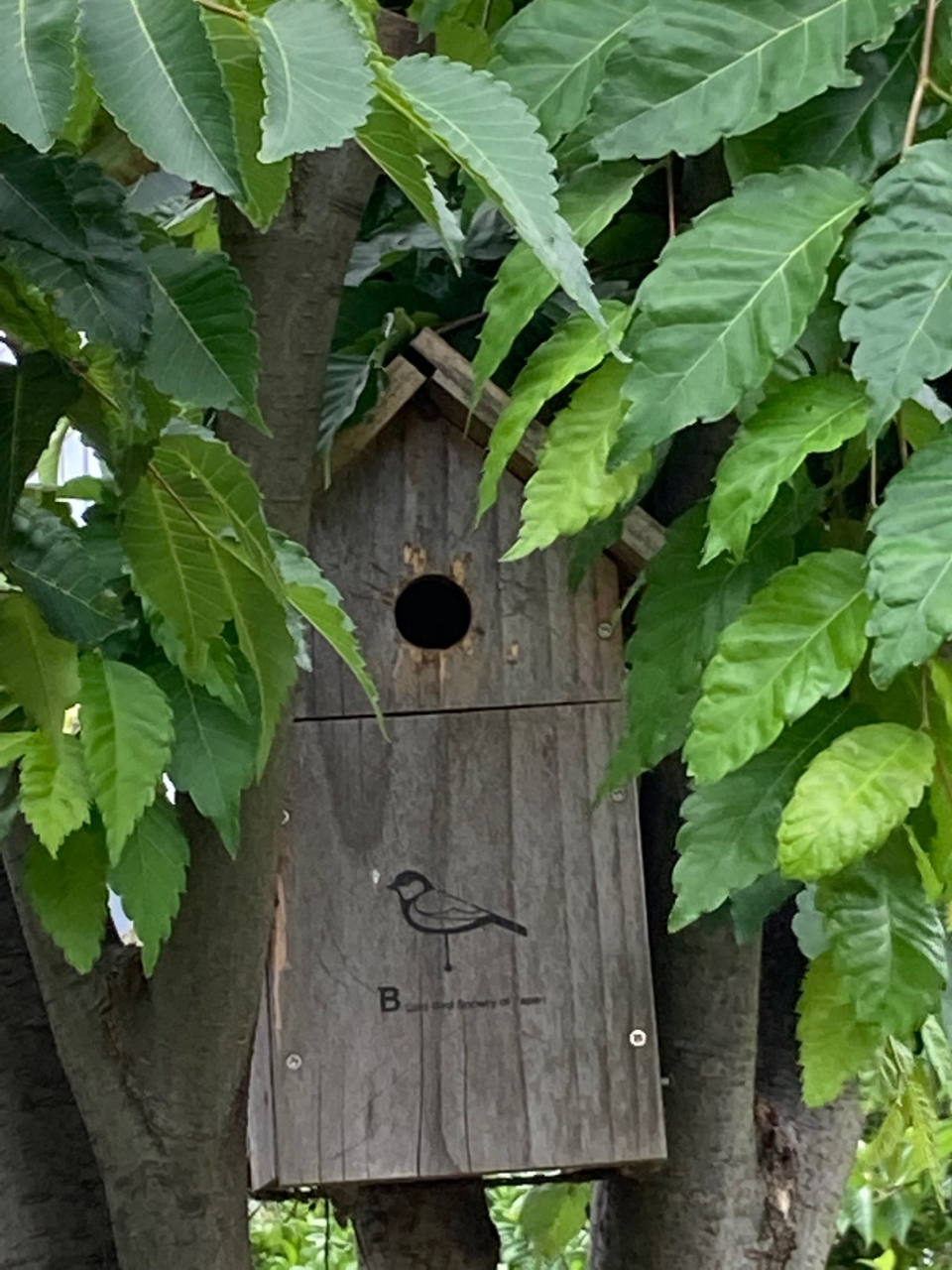
NEST BOX FOR WILD BIRD
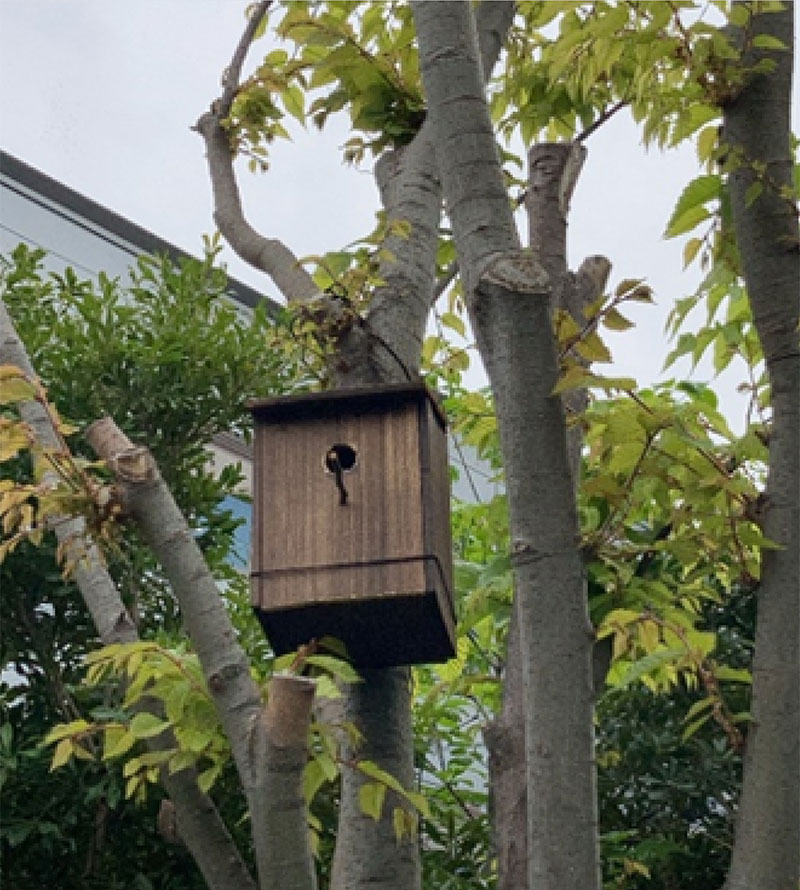
NEST BOX FOR WILD BIRD No.2
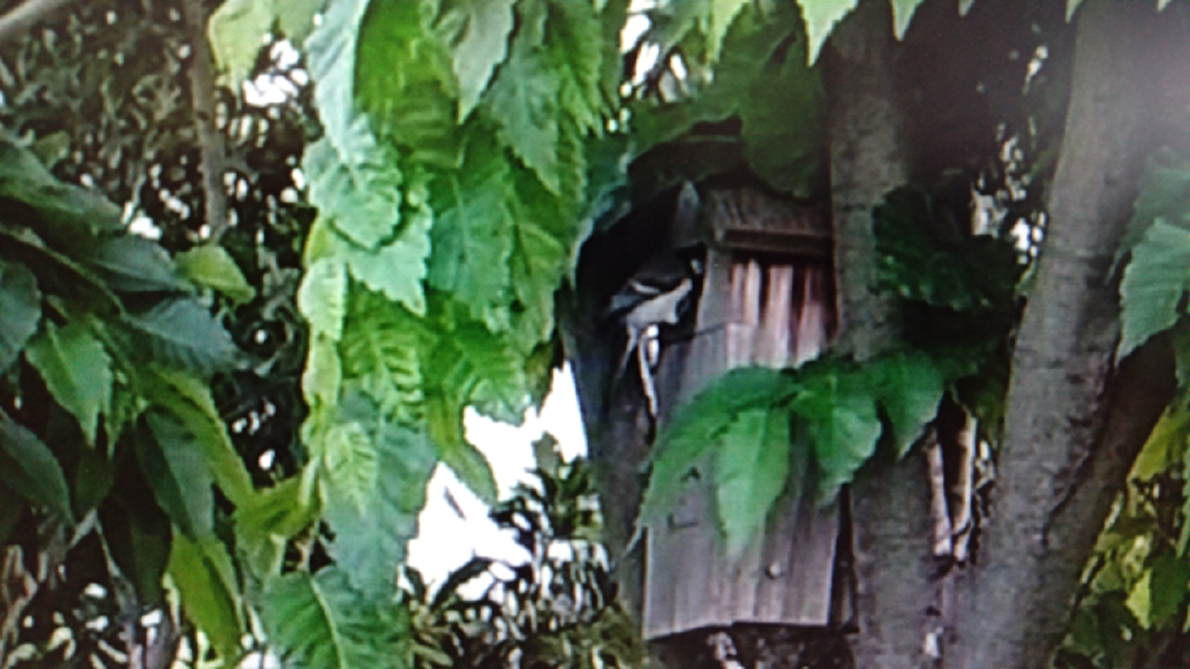
Parent birds feeding chicks in nest box
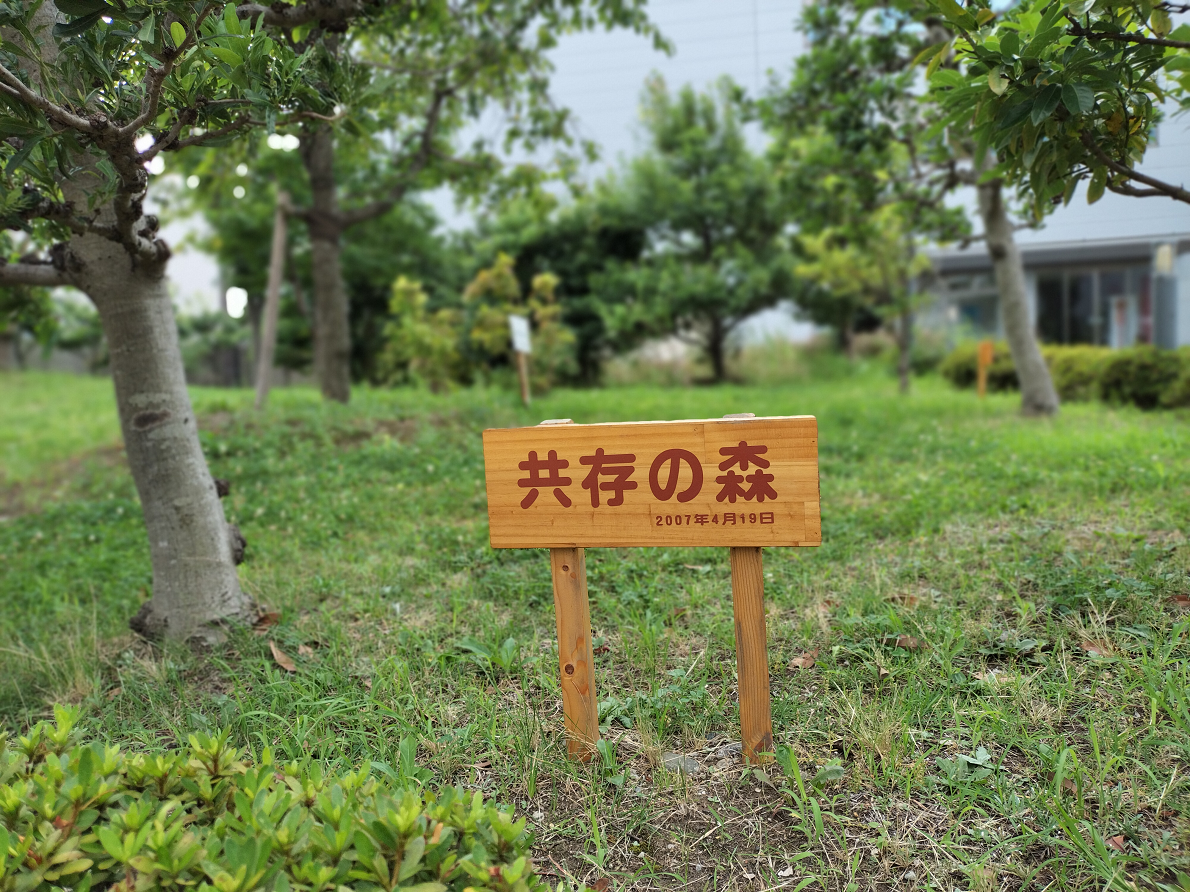
Forest of coexistence

